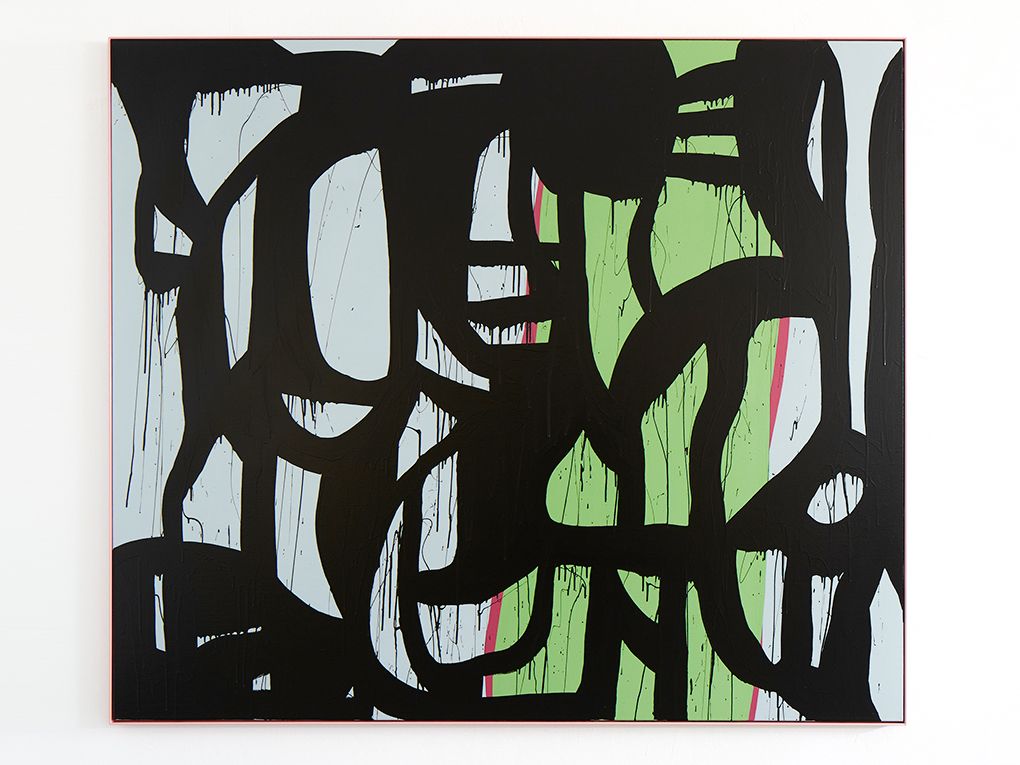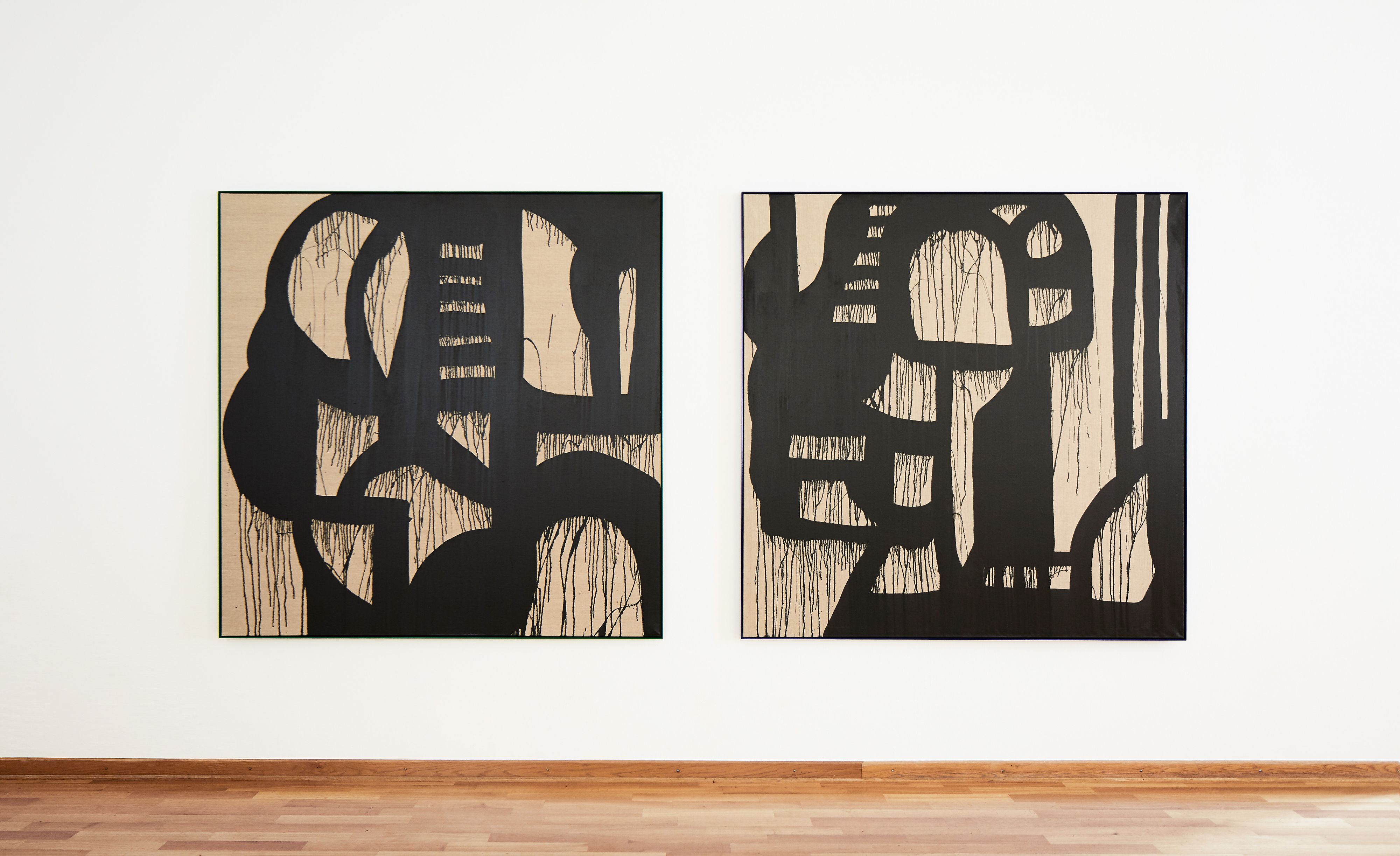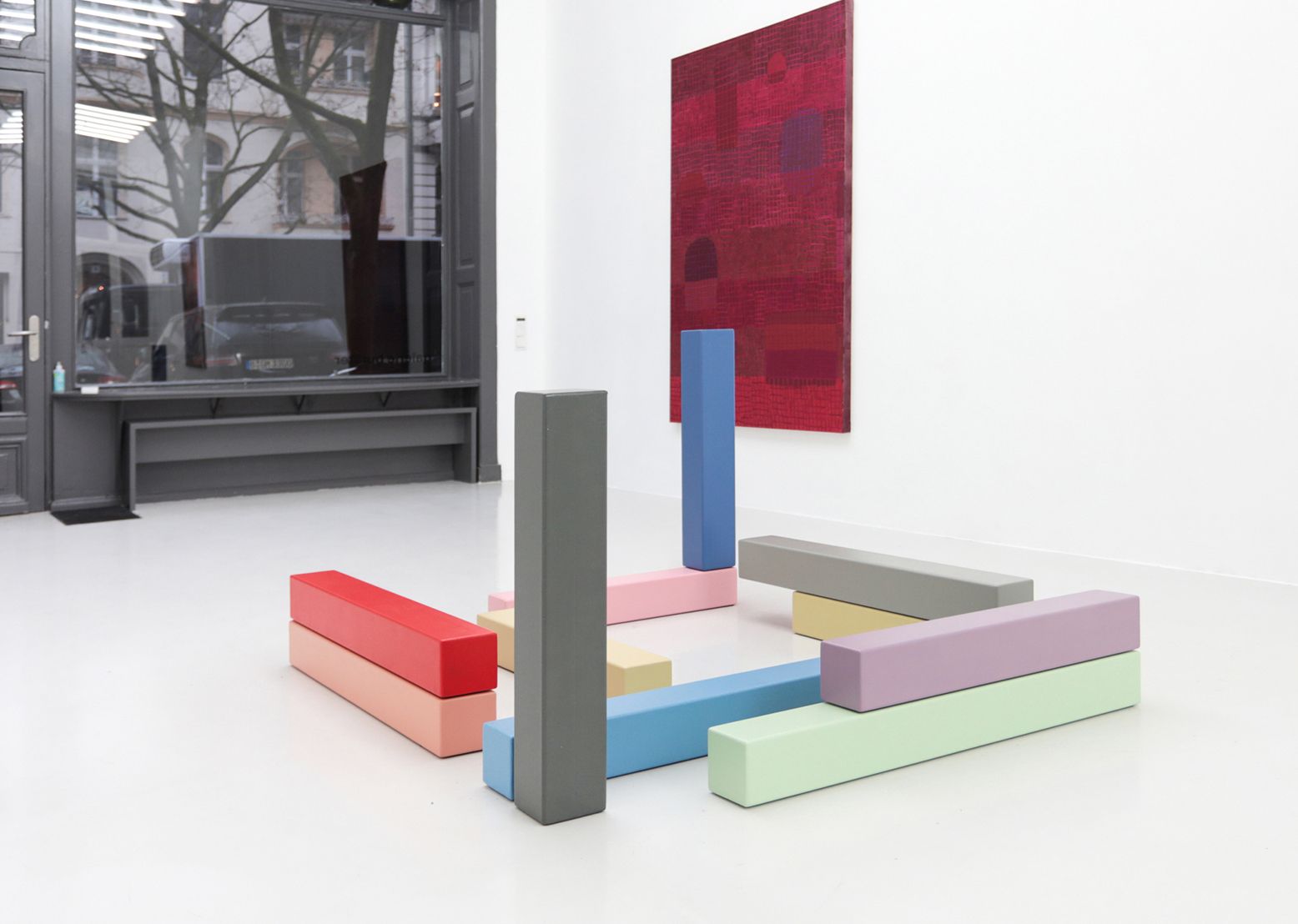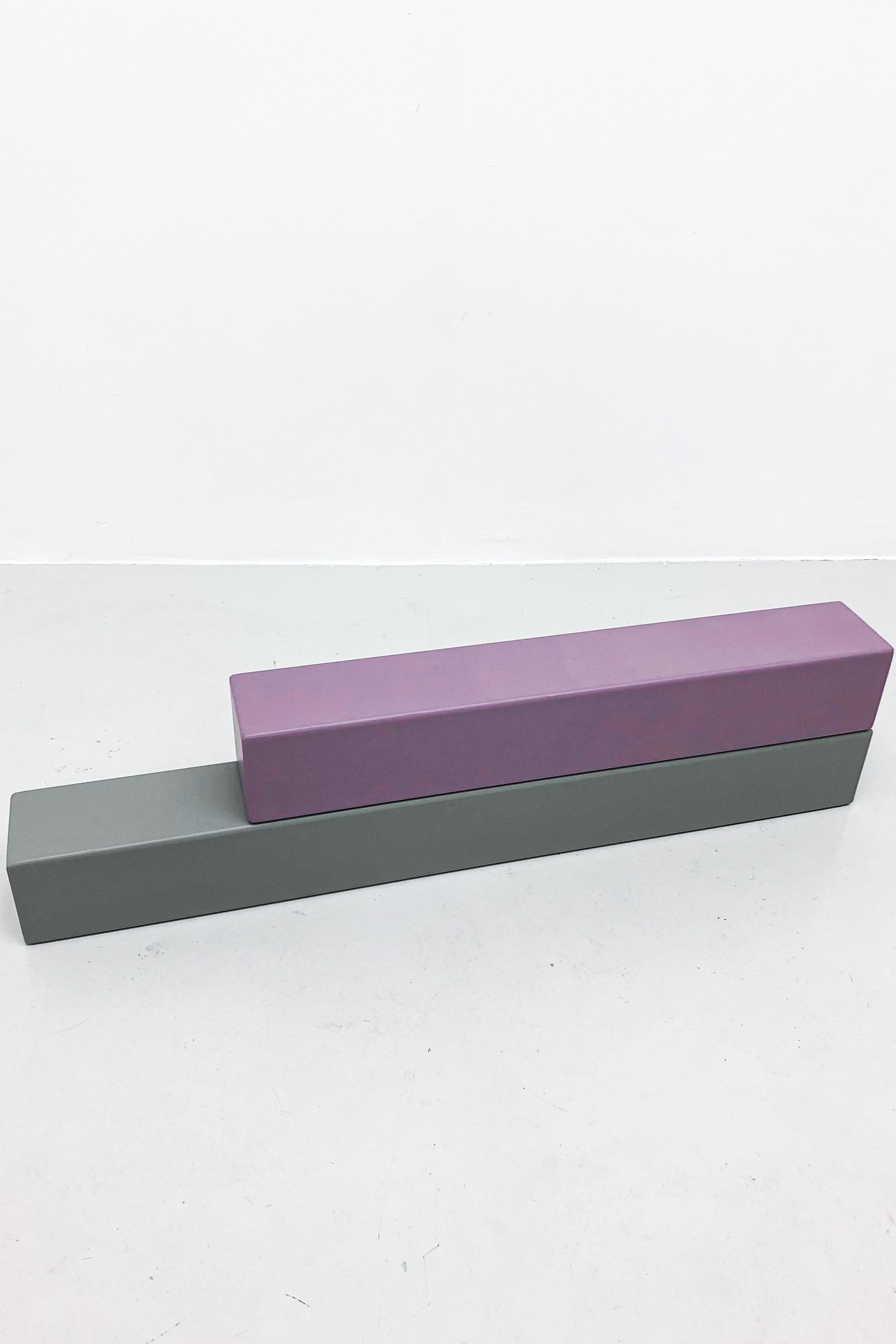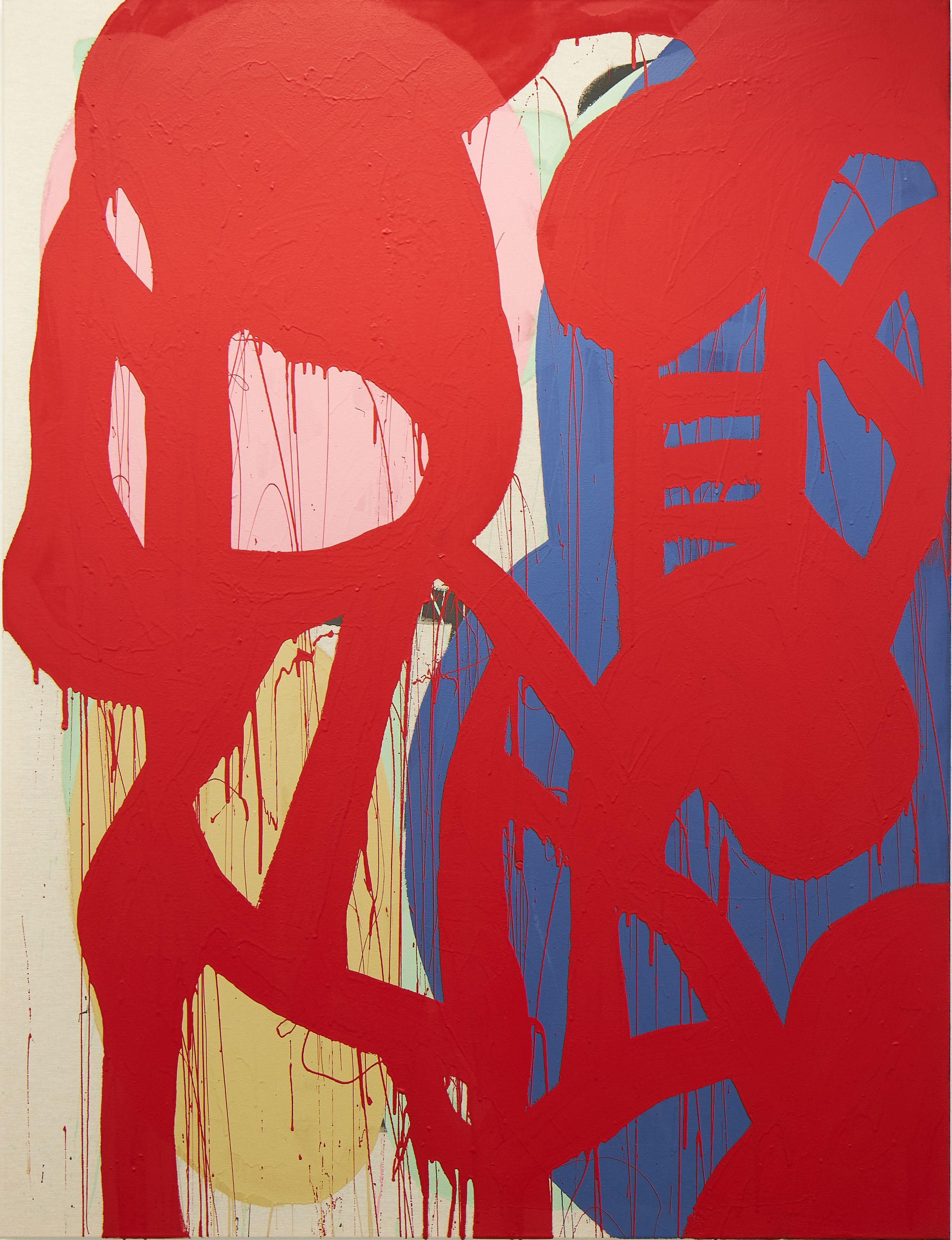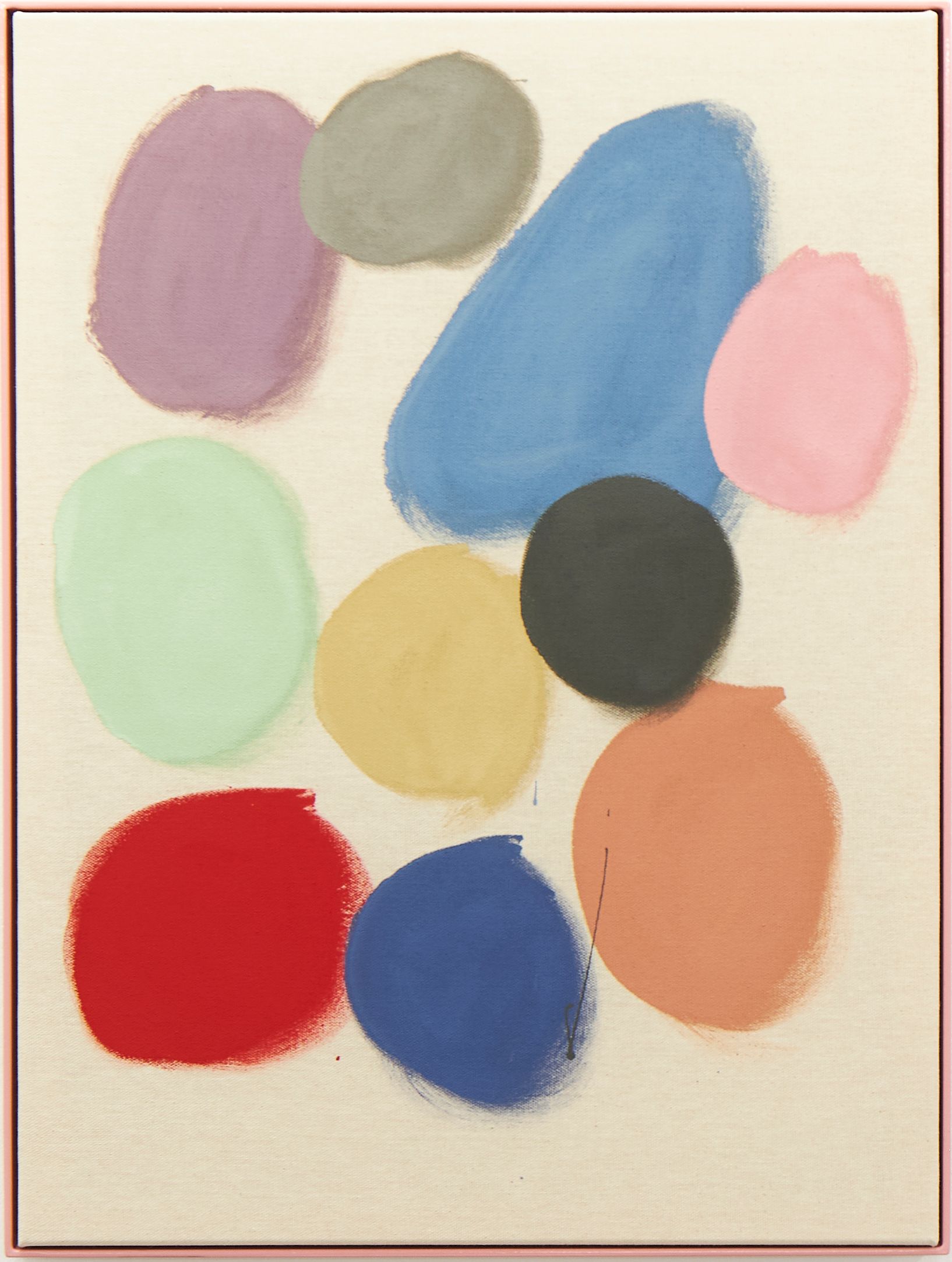In his artistic practice Gary Schlingheider deals with the synthesis of painting, sculpture and installation art. He explores linear forms and effects in space, playing with reduction and perception. In doing so, he experiments with a variety of materials and techniques, including canvas, steel, aluminum, acrylic, lacquer, and space itself.

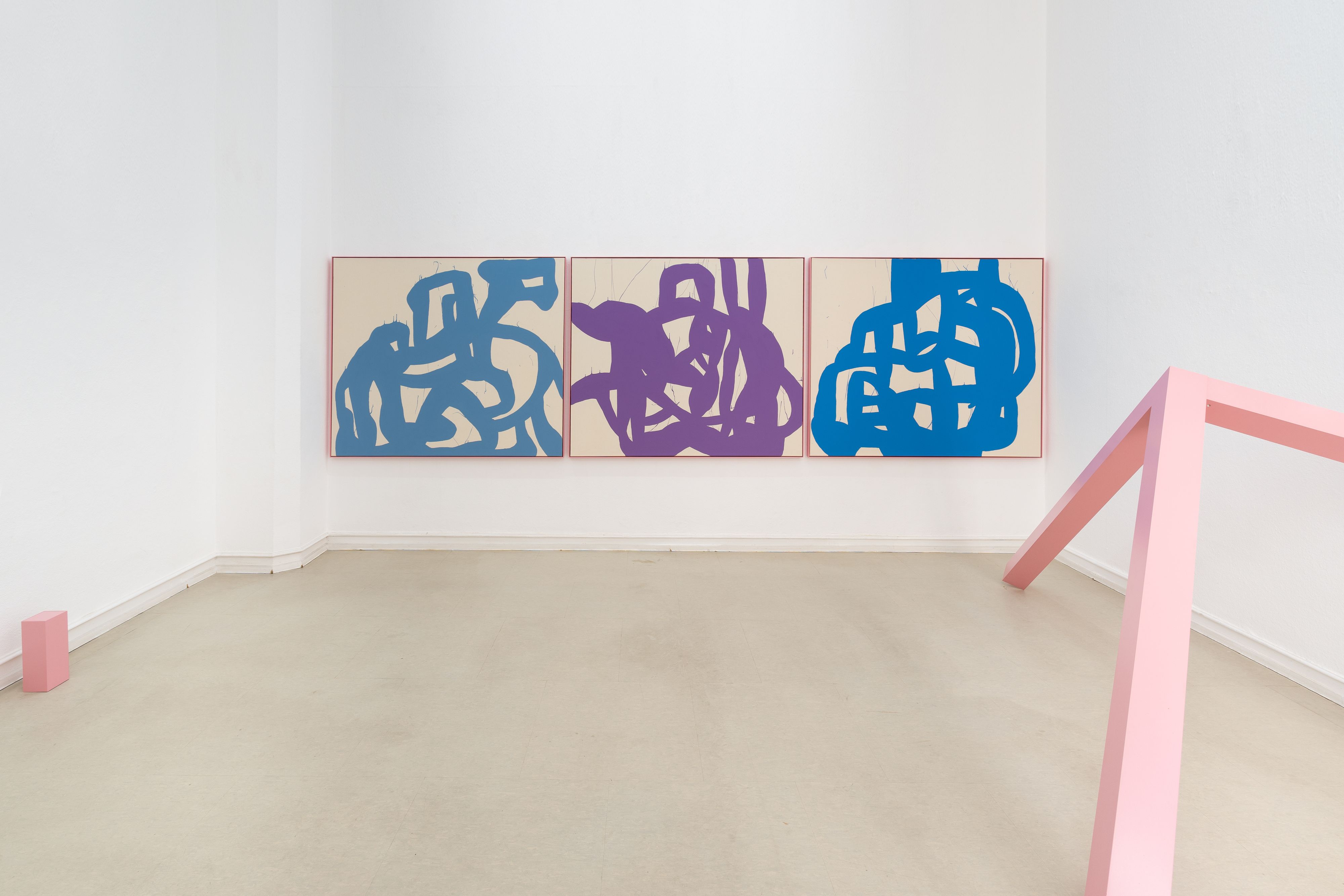


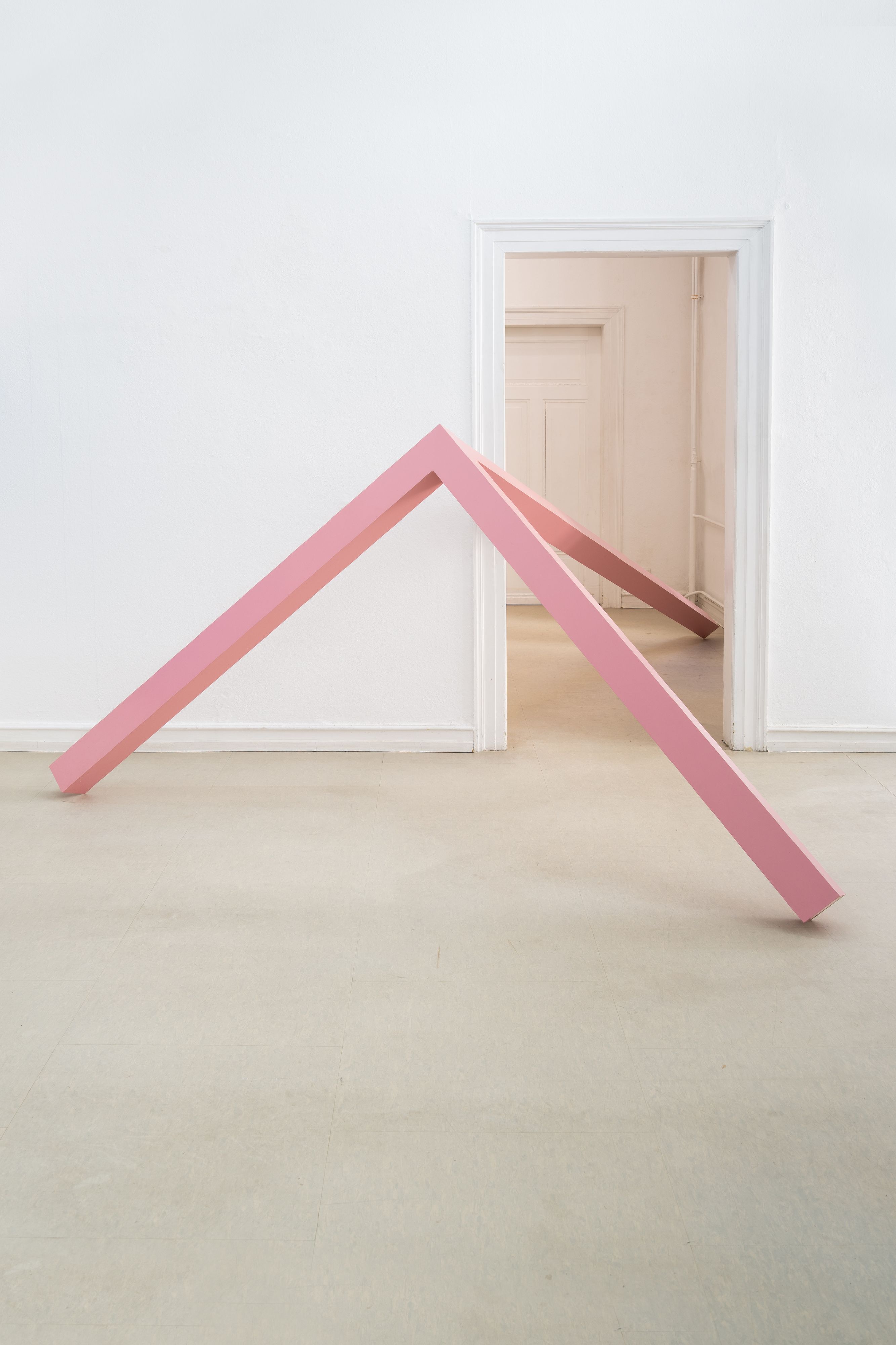
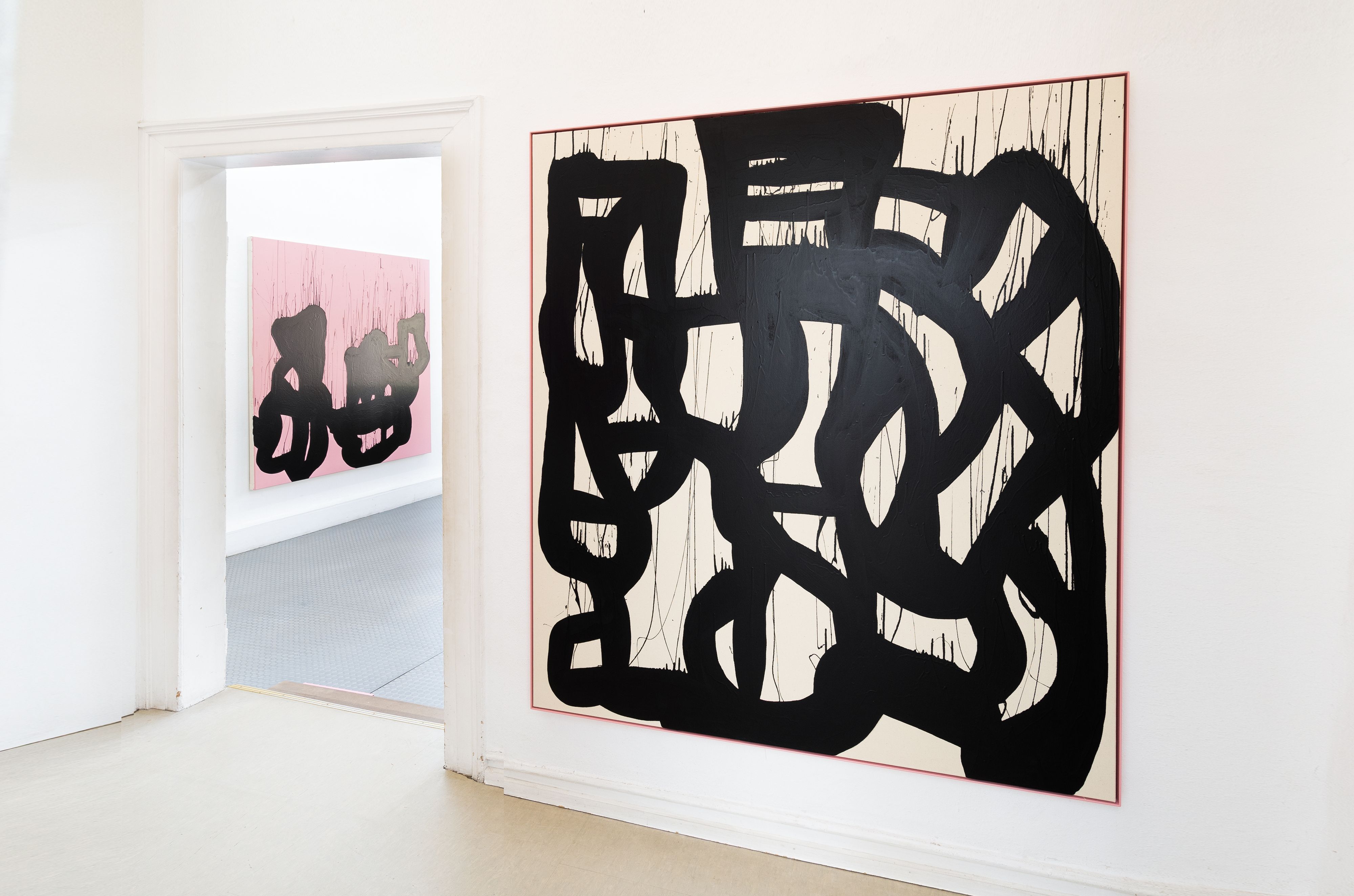


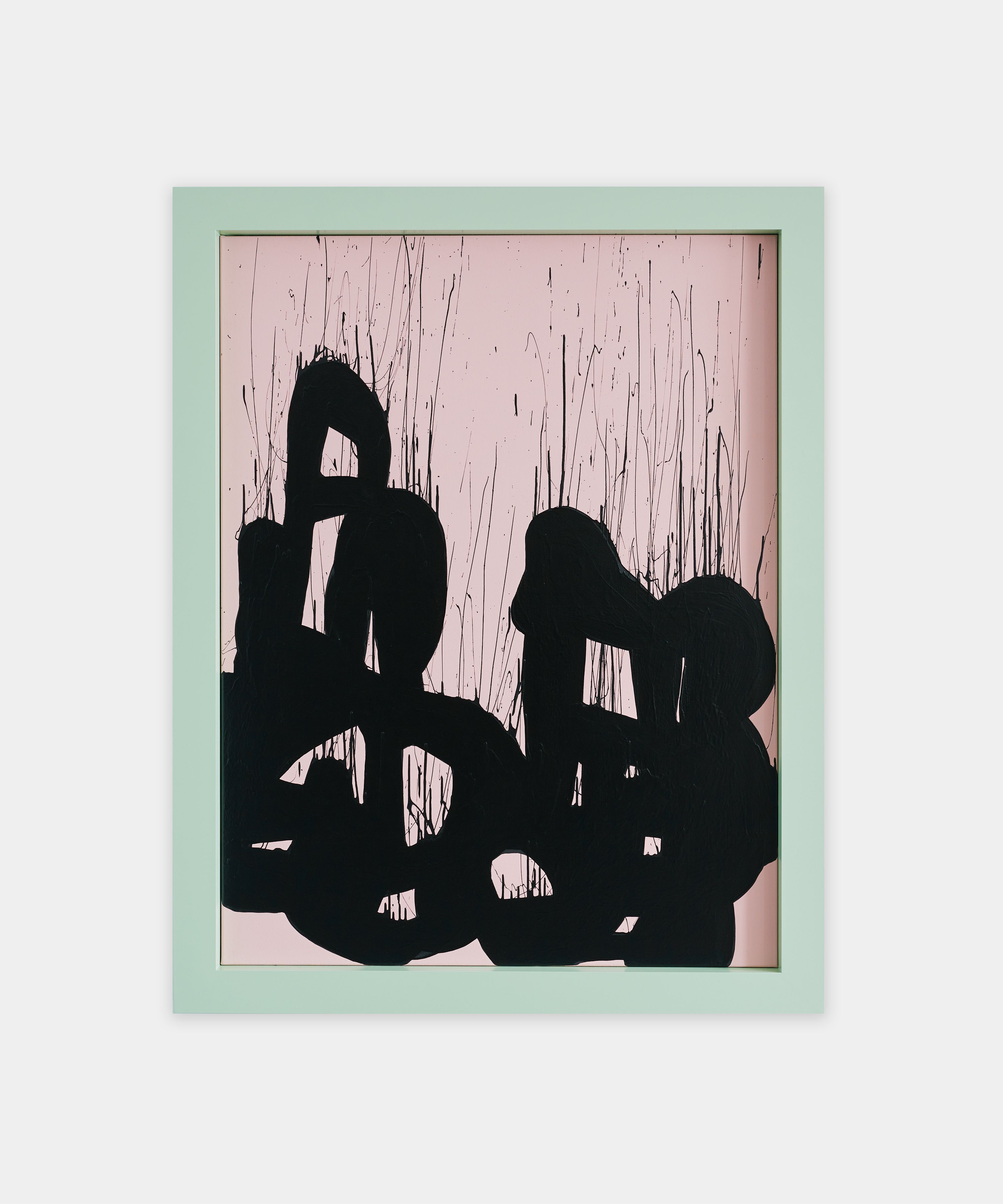



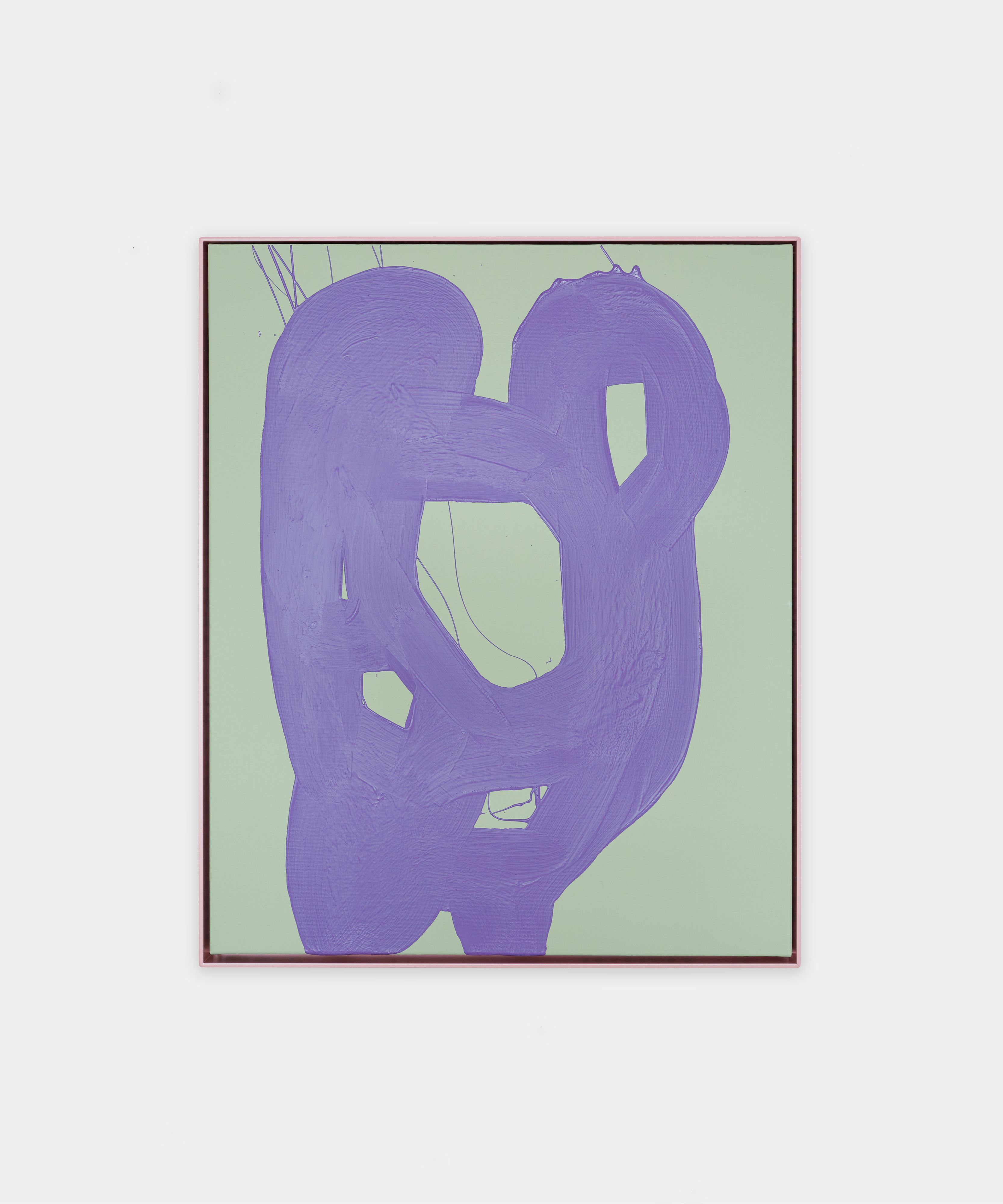

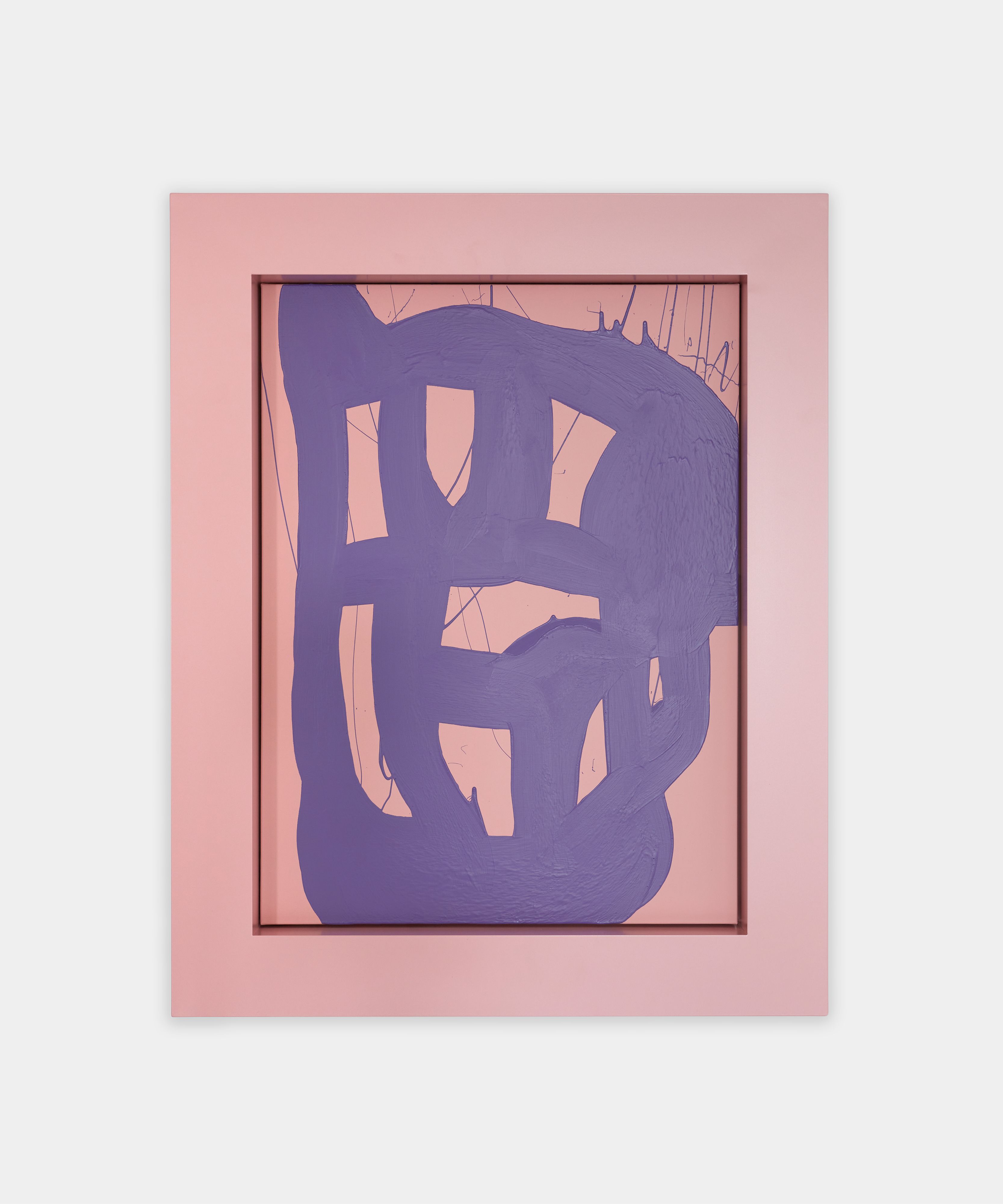
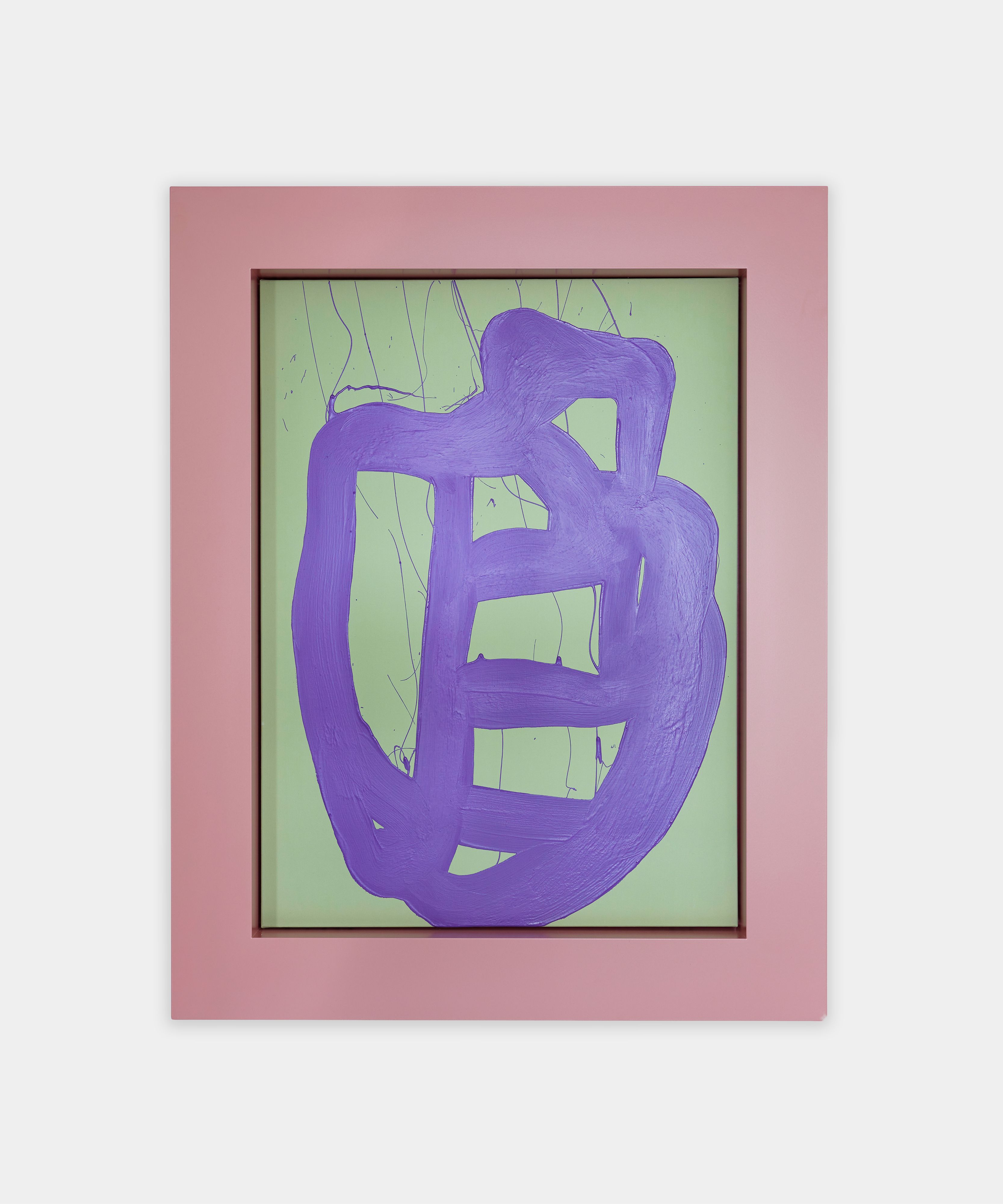
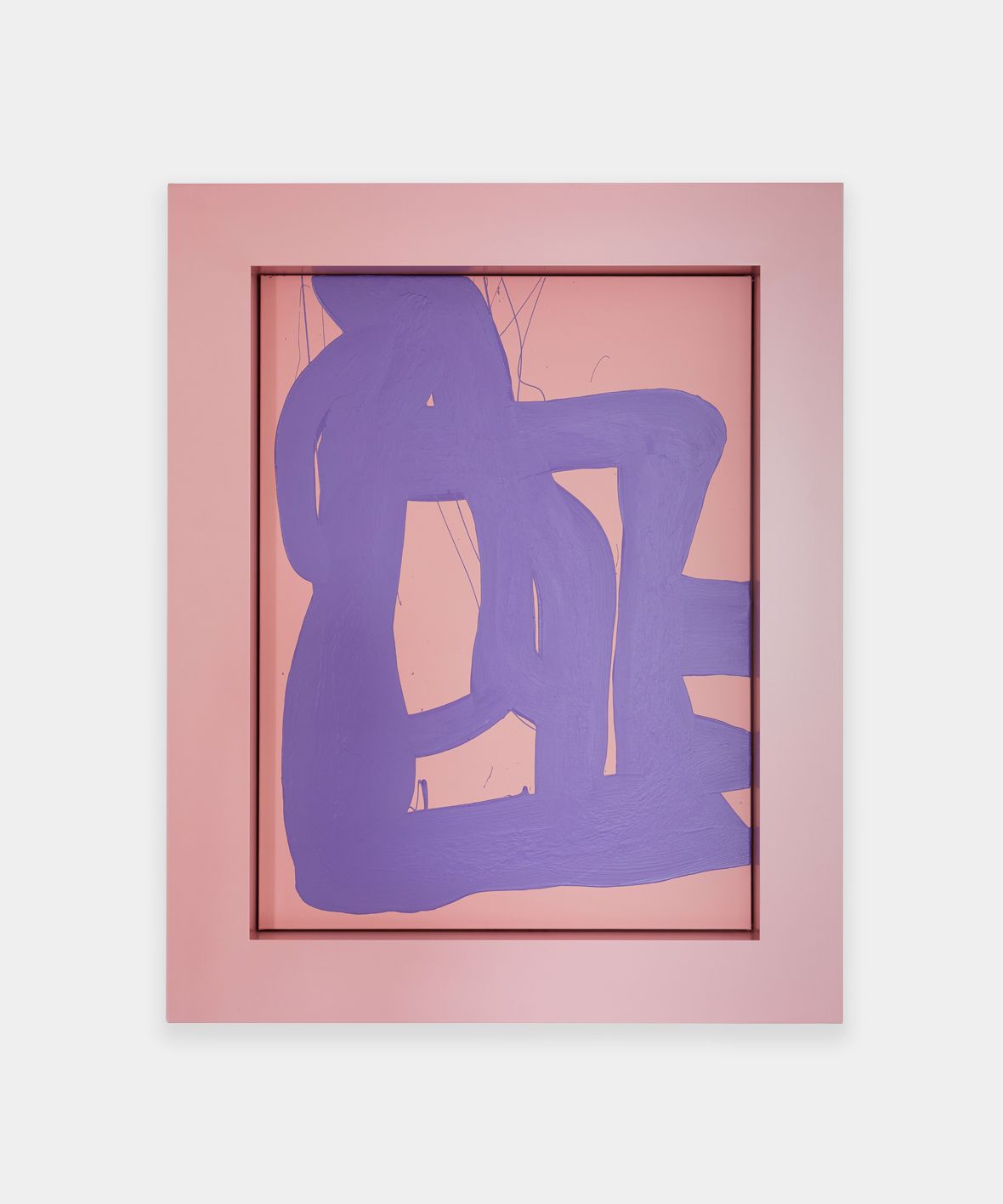

Schlingheider's sculptural works focus less on the conventional feel of an object and more on its visual and aes- thetic appearance and its effect on the viewer. In this respect, Schlingheider is influenced by the U.S. "Hard Edge" artist Ellsworth Kelly, whose abstract paintings later gave way to spatial and sculptural forms. Other artis- tic influences can be found in German Constructivism and the concrete art of the 1960s, as well as in Concep- tual Minimalism and its search for objectivity and structured clarity.




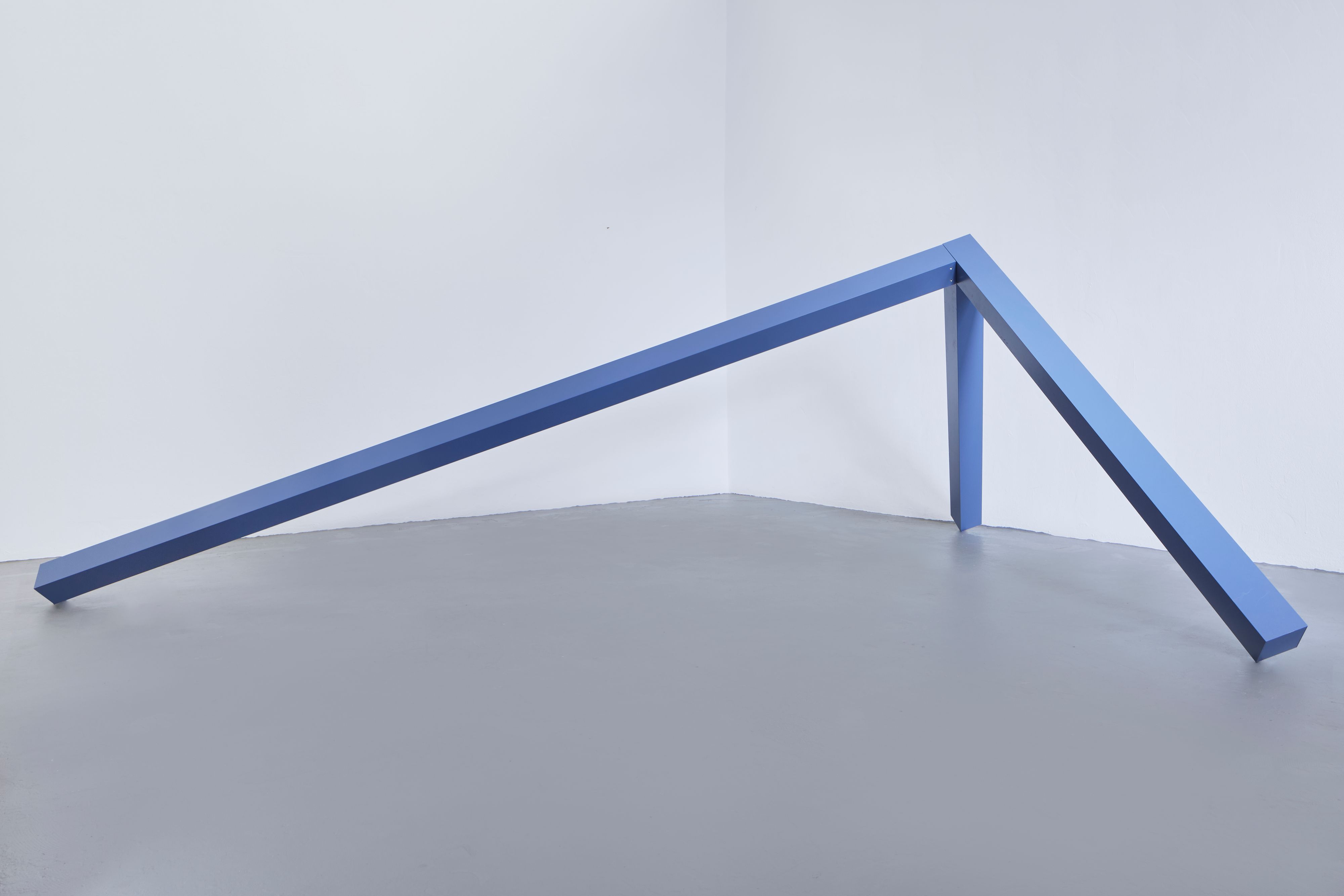
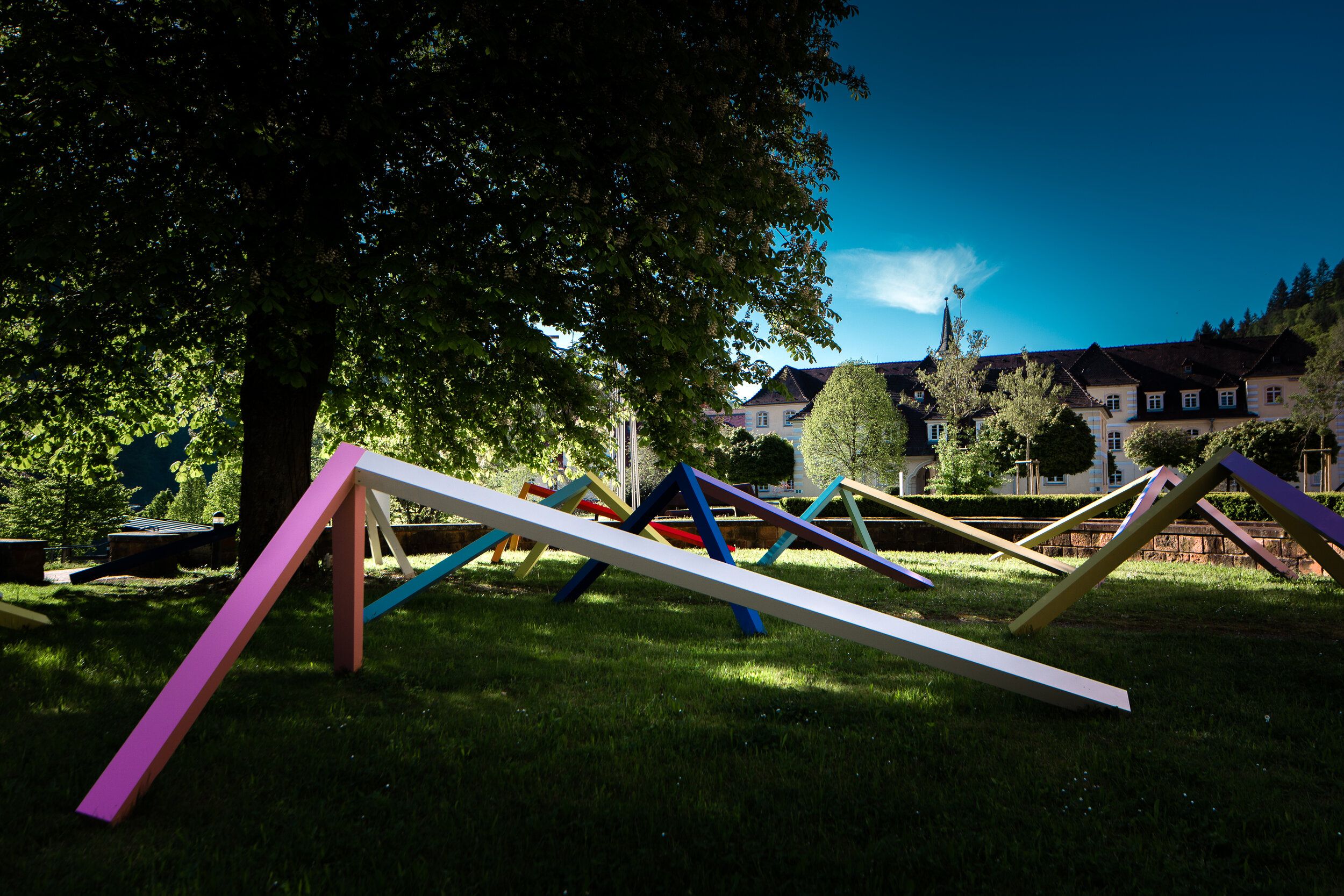

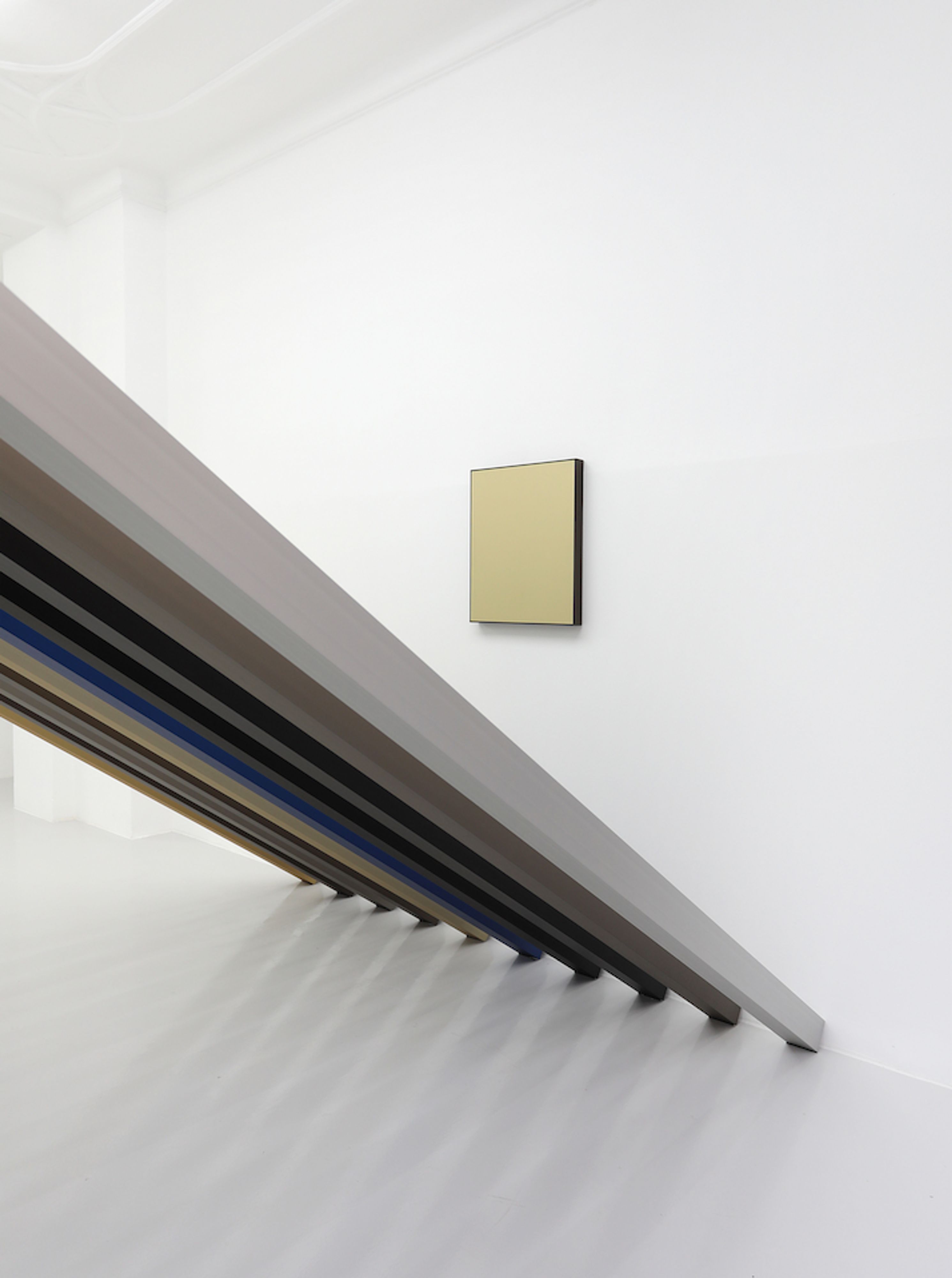
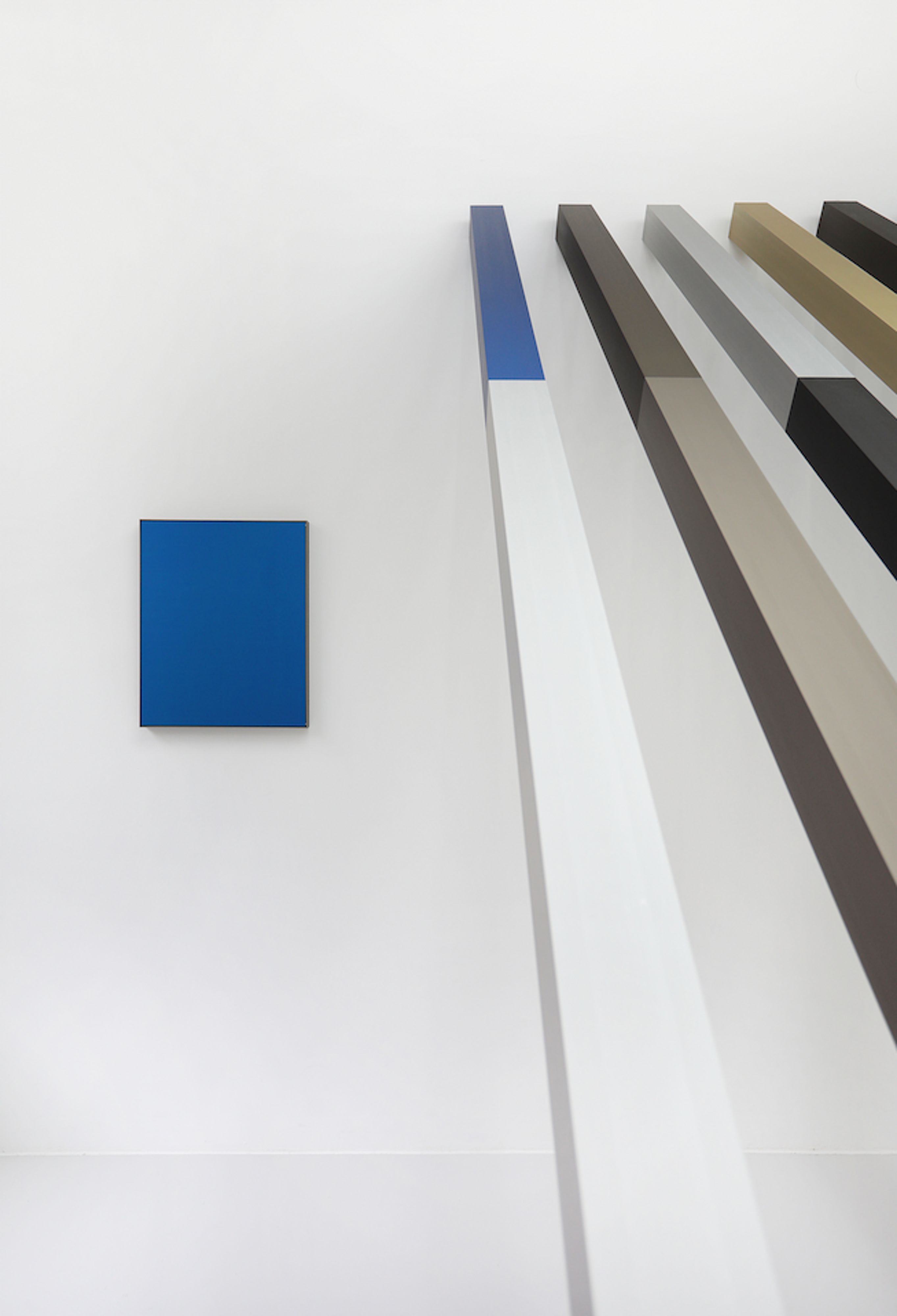
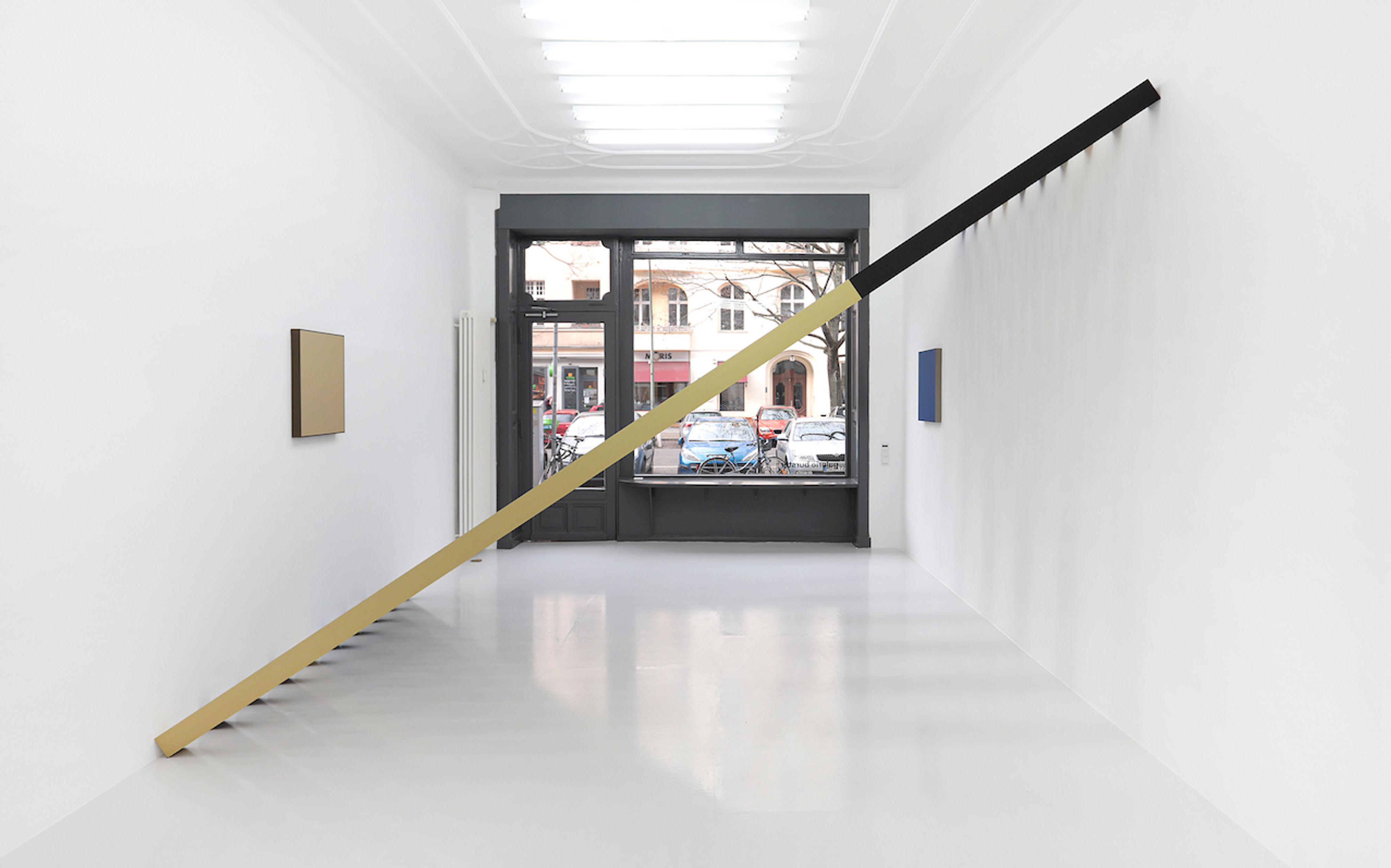

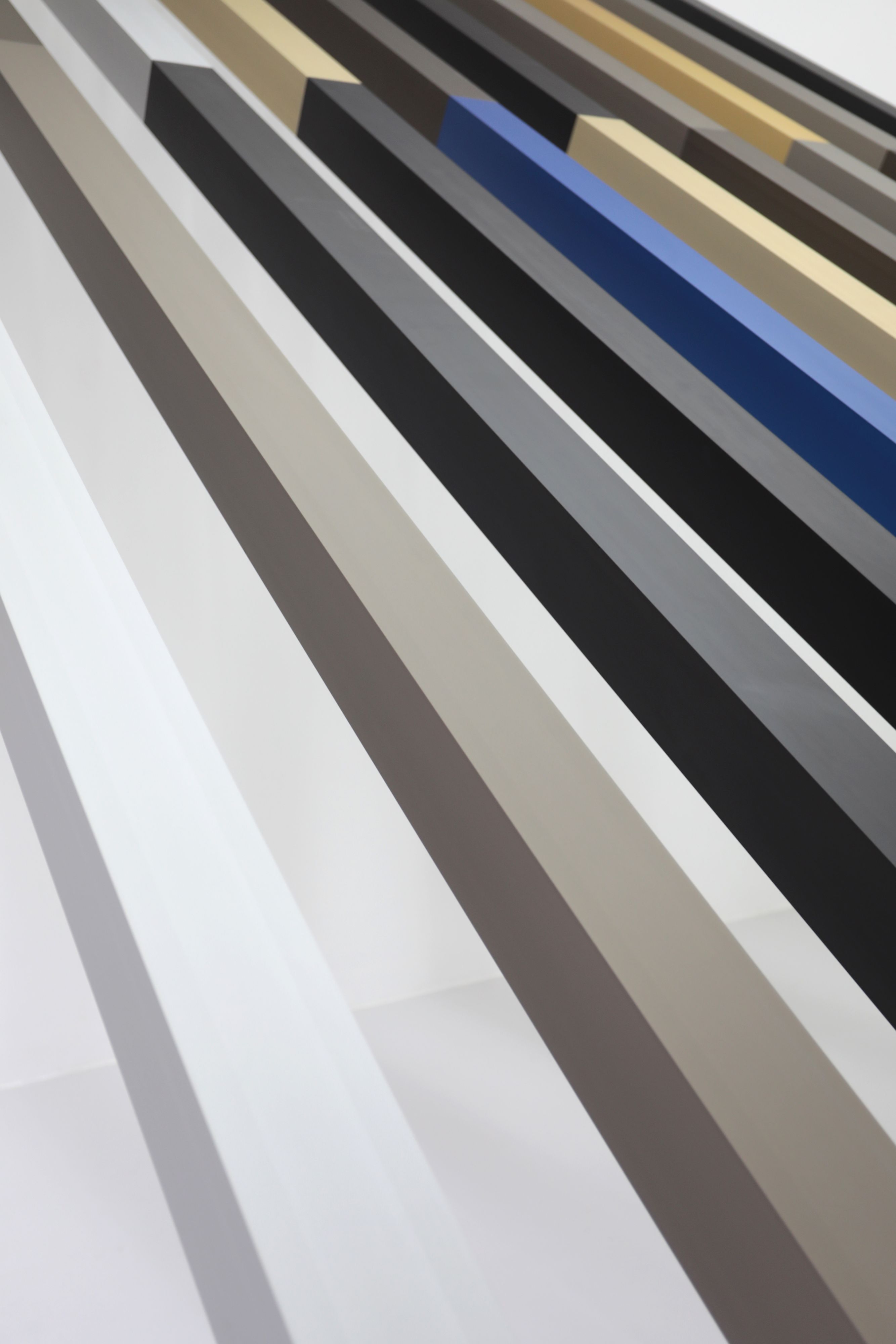

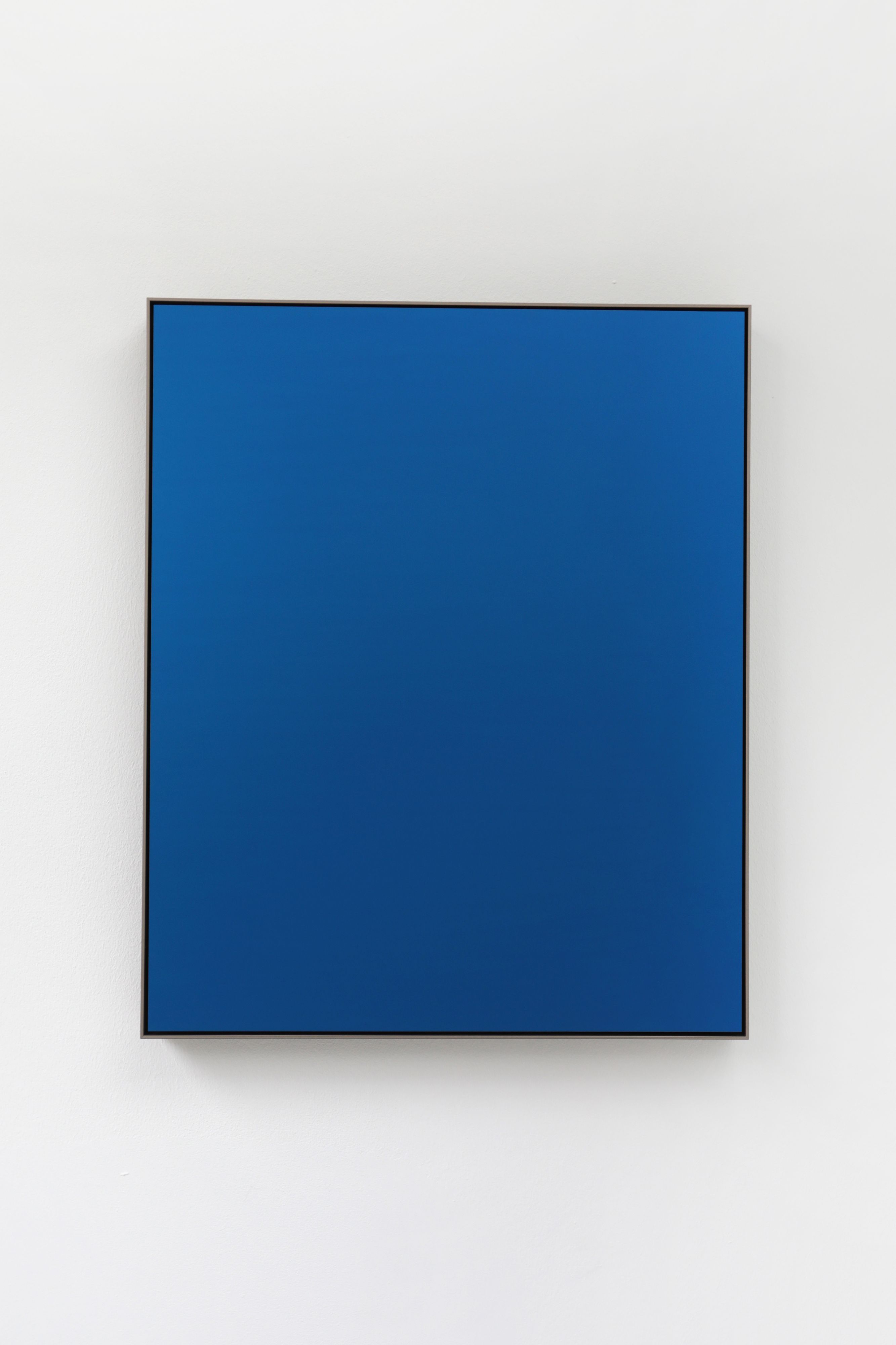

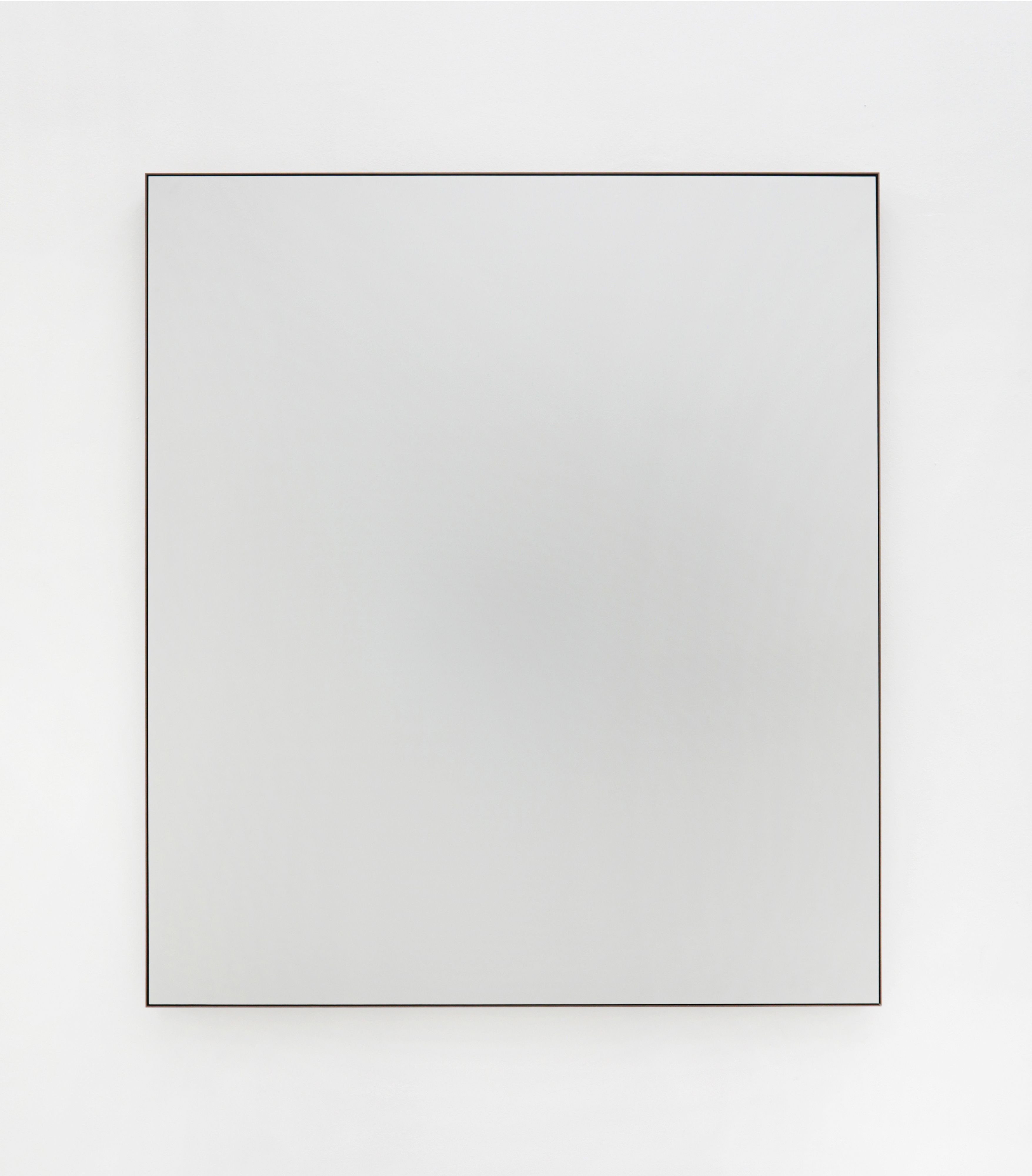

In a non-hierarchical arrangement of individual modules, painting and sculpture are mutually dependent and seem to flow into one another. Schlingheider's exploration of geometric bodies and colour in three-dimensional space does not solely go hand in hand with the concept of a purely visual art. Instead of existing purely representationally, his objects activate the space around them and reveal unexpected possibilities of perception and meaning.
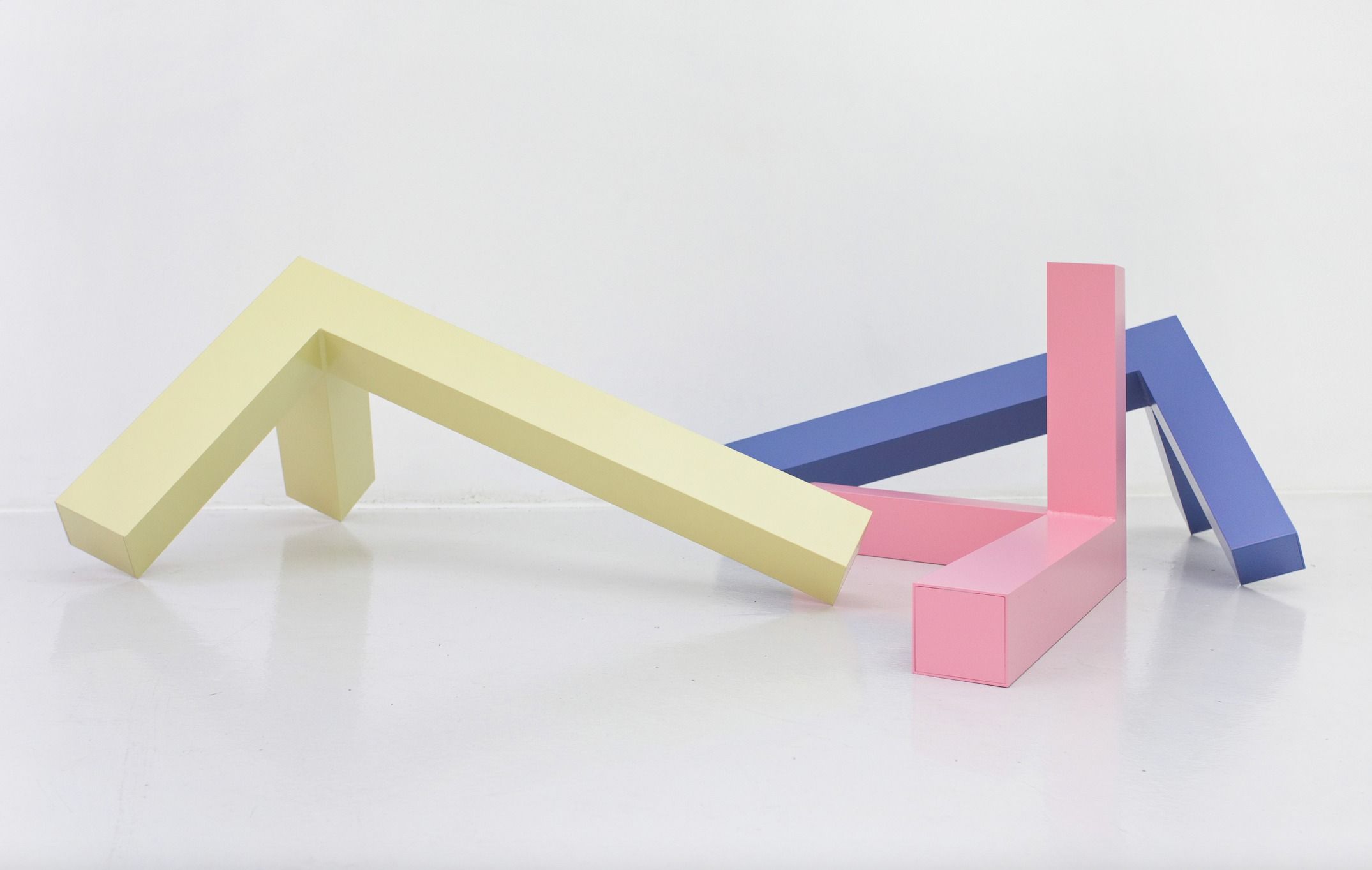
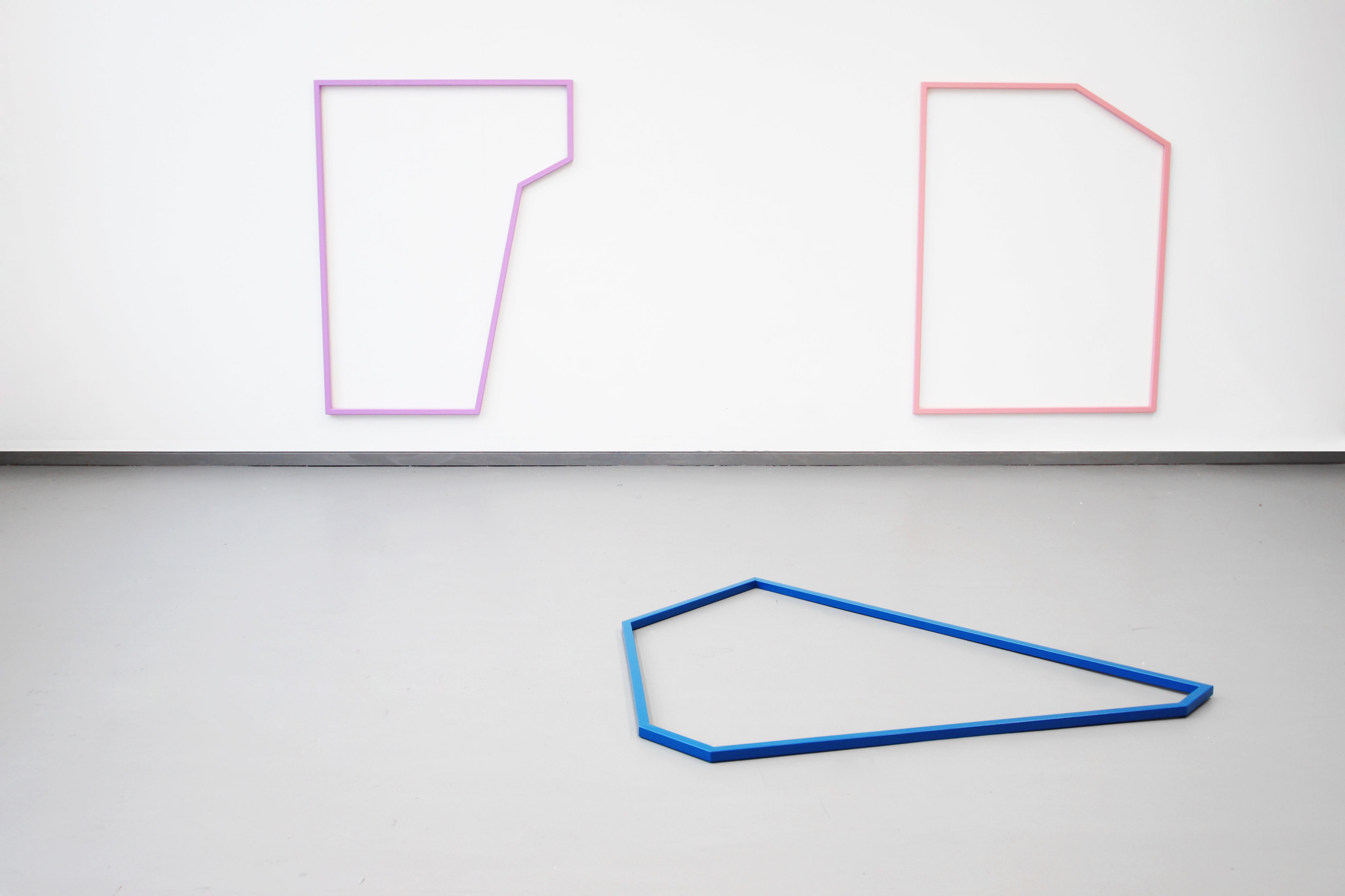
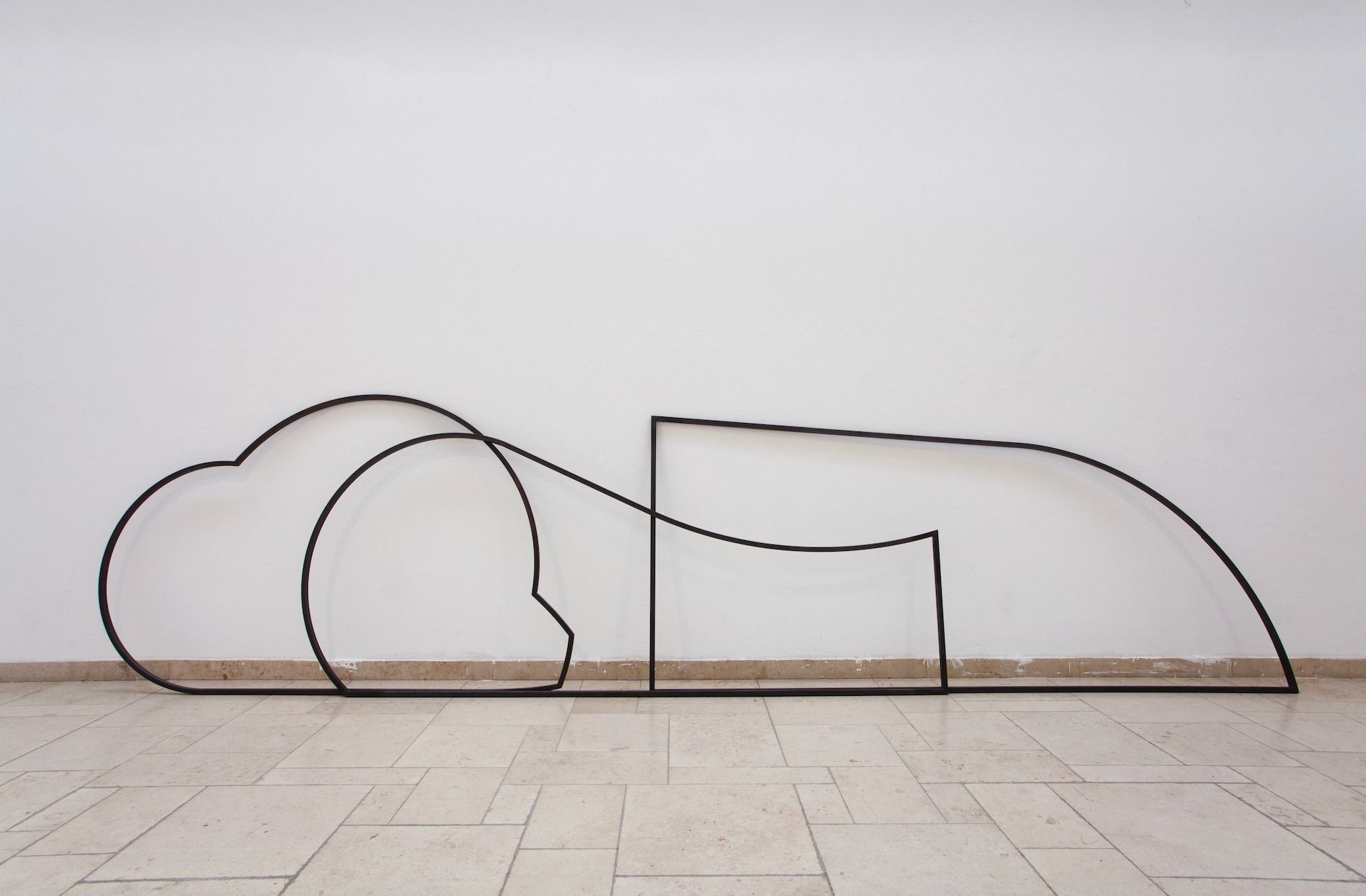
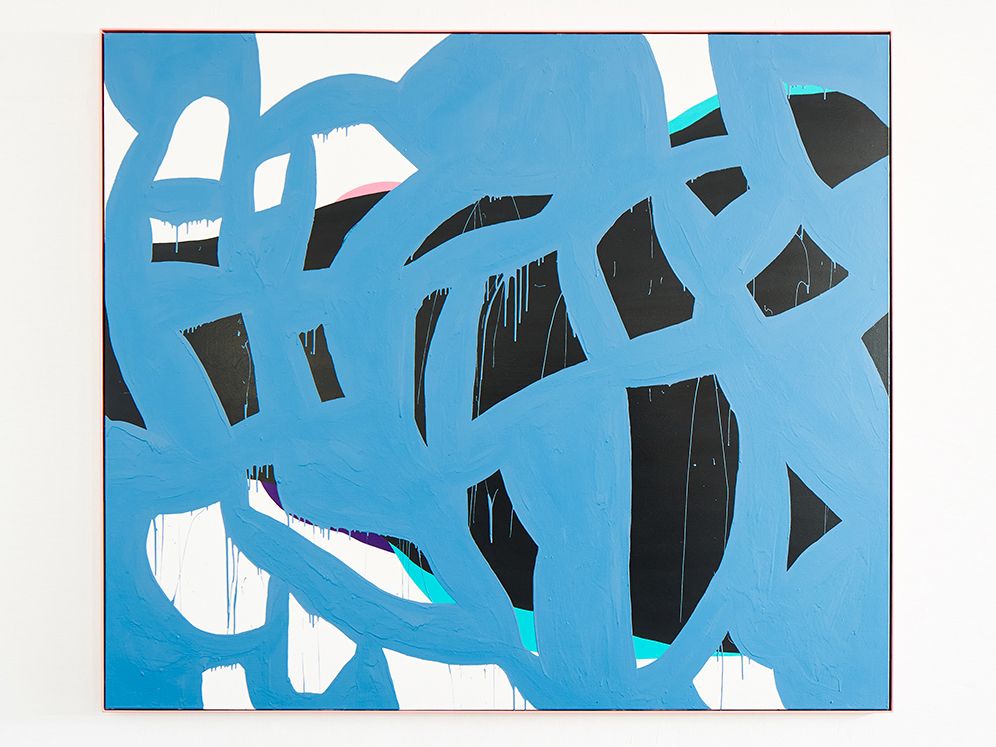
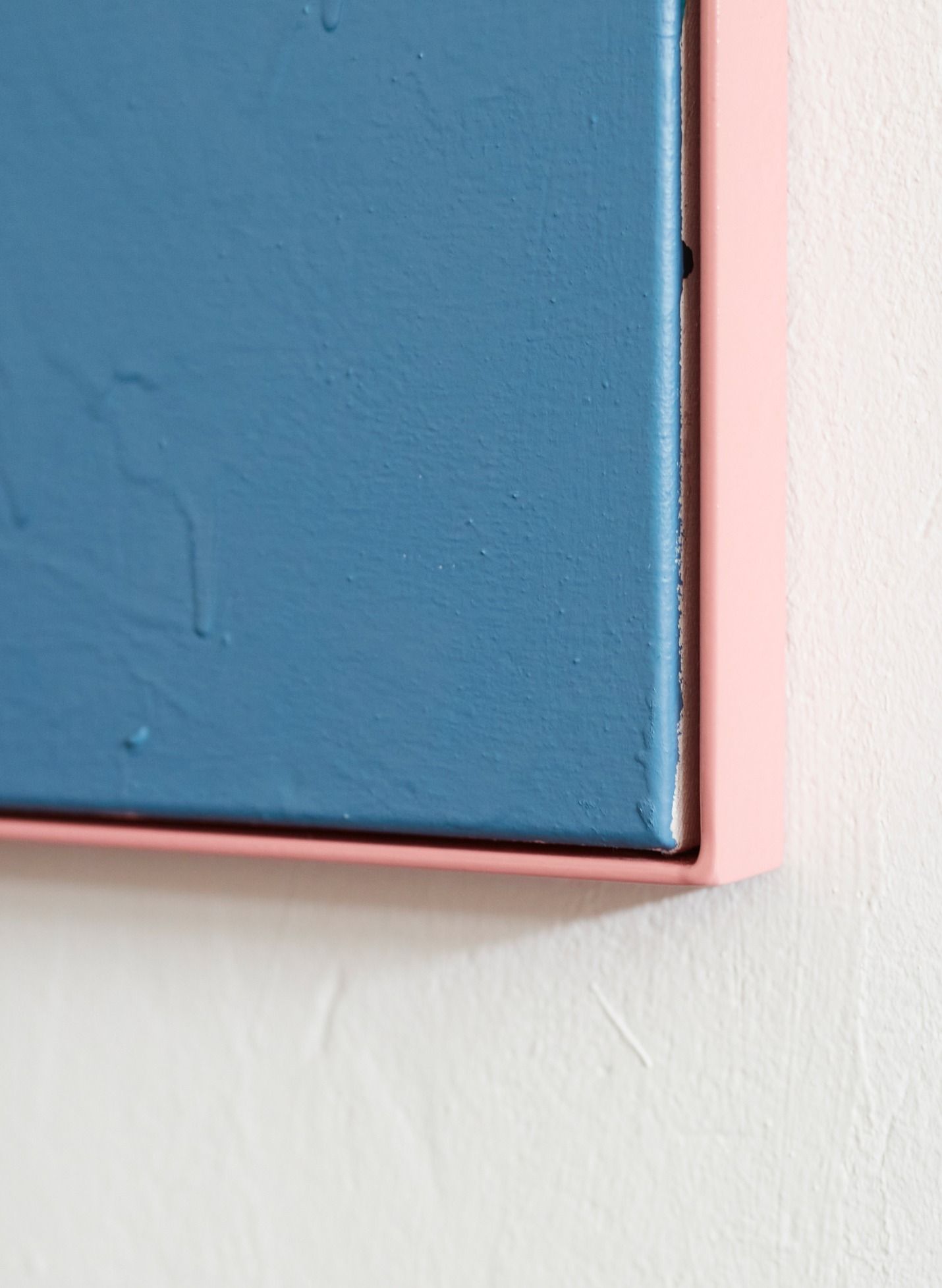
In his paintings, he works with monochrome surfaces that are placed both next to each other and on top of each other, which results in a composition of clearly delineated geometric forms within the various layers.
In the final step, the artist breaks out of the system. Varnish flows over the arrangement, separates the pictorial space, erases, delimits and at the same time opens up new areas.
